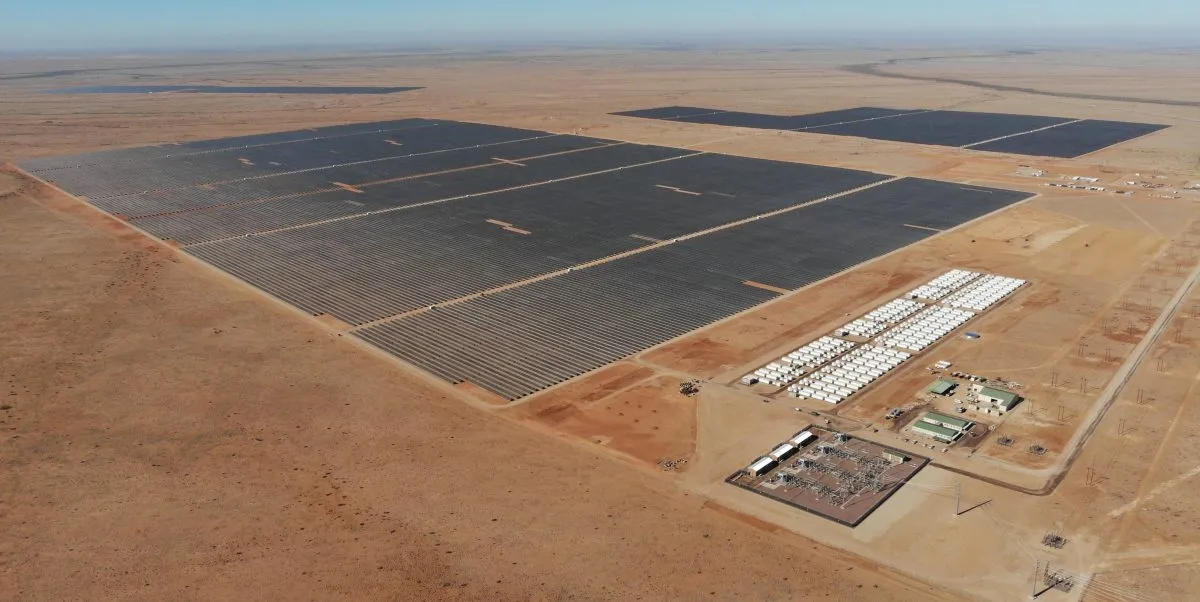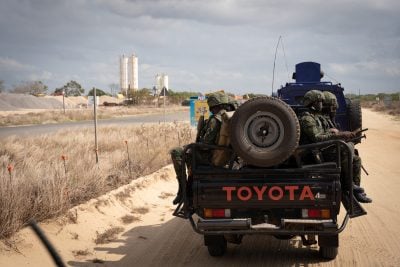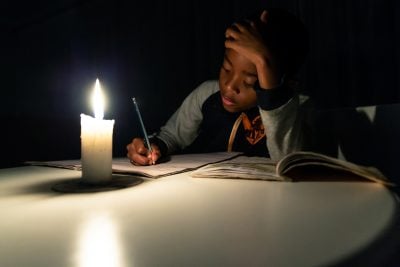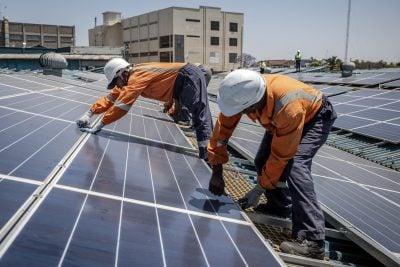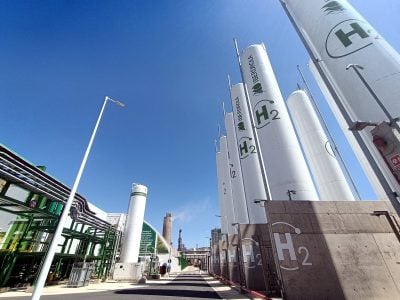At first glance, the beginning of 2025 looks like a less than positive time for the global rollout of green energy. Donald Trump, a notorious renewable energy sceptic, has returned to the White House and threatens to pull the world’s largest economy out of the Paris Agreement on climate change. Parts of Europe, meanwhile, are battling to keep the lights on amid growing criticism that they are placing too much reliance on intermittent renewable power sources.
Yet the CEO of one of the largest developers of solar power in Africa is convinced that the continent will shrug off these global headwinds.
“I’m not so concerned about political developments in Europe and in the US, because in Africa the fundamentals are so strong for renewable energy,” says Terje Pilskog, CEO of Norwegian-headquartered company Scatec. As well as helping to bridge the continent’s electricity access gap, renewables are “also contributing to improving the competitiveness and improving the potential for economic development in Africa,” he adds.
“The starting point is that the green transition is an opportunity for Africa”, Pilskog says.
“That makes me very optimistic in terms of the business that we are doing, which is developing and building-out and investing in renewable energy in Africa and across the emerging countries in the world.”
Scatec operates mainly in Africa, Asia and Latin America, though it also has some projects in Europe. It originally focused on solar power, but has since branched out into other forms of renewable energy, along with energy storage and green hydrogen. Pilskog highlights the rapidly falling costs of most of these green energy technologies – especially batteries – as another key reason for optimism about the pace of deployment.
“Over the last few years, we’ve seen batteries coming down approximately 60% in prices,” he says.
Development costs for solar with battery storage were already economically viable in 2021, when Scatec was selected as the preferred bidder in a ‘technology agnostic’ auction to build the largest such facility in the continent at Kenhardt in South Africa, Pilskog says. Kenhardt was constructed over the course of 2022 and 2023, and now provides 150 MW of power to the grid for 16 and a half hours per day.
And, now that component prices have fallen, the stage is set for storage investments on an even greater scale than Kenhardt.
“If you wanted to redo that project today,” says Pilskog, “it would still be significantly more competitive than what it was.”
Egypt takes centre stage
South Africa has so far been Scatec’s most important market on the continent, but Pilskog says the north of Africa, particularly Egypt and Tunisia, are increasingly attractive.
Egypt “is interesting for a number of reasons”, he says, pointing to the country’s wealth of solar and wind resources and its ability to produce green hydrogen, green ammonia and marine fuels. Proximity to the European market means that “Europe will be a natural off-take region for these products.”
Asked to highlight a key African project for the company in 2025, Pilskog picks the Egypt Green Hydrogen project, which Scatec is developing as part of a consortium with chemicals company Fertiglobe and several Egyptian partners.
The project will deploy a 100 MW electrolyser, powered by around 270 MW of solar and wind capacity and the green hydrogen produced at the site will be fed into an existing ammonia facility. The resulting green ammonia will be exported to Germany, after the project secured a 20-year offtake agreement through an auction process last year. This arrangement makes the scheme “one of the few projects globally” to have secured such a long-term offtake agreement, Pilskog reports.
He adds that Scatec is now “very close” to completing the engineering and design process as well as securing finance. A financial close is expected in the first half of this year.
“That is going to be a milestone project, which is, I think, going to be unique in a global setting.”
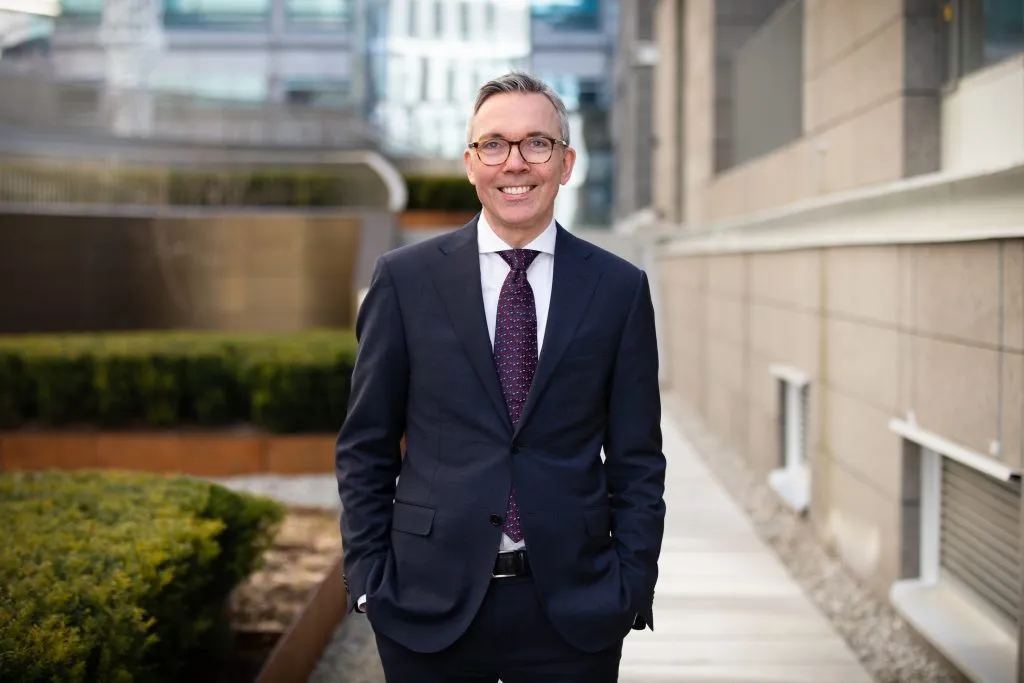
Terje Pilskog, CEO of Scatec
Closing the gap
Despite the reasons to be optimistic, the last few years demonstrate that achieving a renewables revolution – both globally, and in Africa – will be far from easy. In 2021, Scatec announced a target to have 15GW of capacity in operation or under construction worldwide by the end of 2025. In practice, however, it has proved impossible to get anywhere near this figure. The company is now delivering only around 5GW of capacity.
The slower-than-hoped deployment of renewables reflects global factors, particularly a post-covid supply chain crunch and a hike in interest rates that have made projects much more difficult to finance.
The challenges have proved particularly acute in Africa. The small size of most African power markets makes large-scale renewables projects unappealing for many of the largest players in the space, given that greater economies of scale are available only through larger projects. Real and perceived risks around the reliability of governments or state-owned utilities as offtakers also complicate financing.
But Pilskog says that the rest of the continent can learn from how South Africa has approached renewables.
“South Africa is a success case,” he says, referring to the multiple bidding windows organised at regular intervals over the course of several years to procure renewable energy capacity from independent power producers. “They’ve shown that it’s possible to do this on a predictable basis with a large element of success.”
He notes that South Africa’s experience shows that “well-structured, well-designed programmes can have a lot of success as long as they are backed with the right level of guarantees”.
Other than in South Africa and Egypt, most of Scatec’s projects in Africa are being delivered by the company’s subsidiary, Release by Scatec. This entity focuses on smaller projects, usually of between 10-30 MW. Power capacity is delivered through equipment that is leased to customers. “We have systems that are re-deployable so that if at a certain point in time they’re not paid, then we’re able to redeploy the system to other places.”
Release is working with some commercial and industrial customers, notably mining companies, but its main focus is on supplying utilities in smaller power markets. Pilskog highlights Cameroon as one country that has already benefited from power delivered by Release, and lists Chad, Liberia and Sierra Leone as others that could be next in line.
“There are many countries in that region where this kind of system fits in very well in terms of how the utility and how the country wants to build out the more robust electricity generation network.”
With 600 million people still lacking any access to electricity, and hundreds of millions more enduring unreliable connections, time is of the essence in ramping up energy investment in Africa. The news that 2024 was the first year in which global temperatures rose more than 1.5 degrees above pre-industrial levels also underlines the urgency of the challenge.
“Clearly, we have a very busy year ahead of us,” says Pilskog. “We are very excited. I think this is going to be a very interesting year.”
Want to continue reading? Subscribe today.
You've read all your free articles for this month! Subscribe now to enjoy full access to our content.
Digital Monthly
£8.00 / month
Receive full unlimited access to our articles, opinions, podcasts and more.
Digital Yearly
£70.00 / year
Our best value offer - save £26 and gain access to all of our digital content for an entire year!

 Sign in with Google
Sign in with Google 